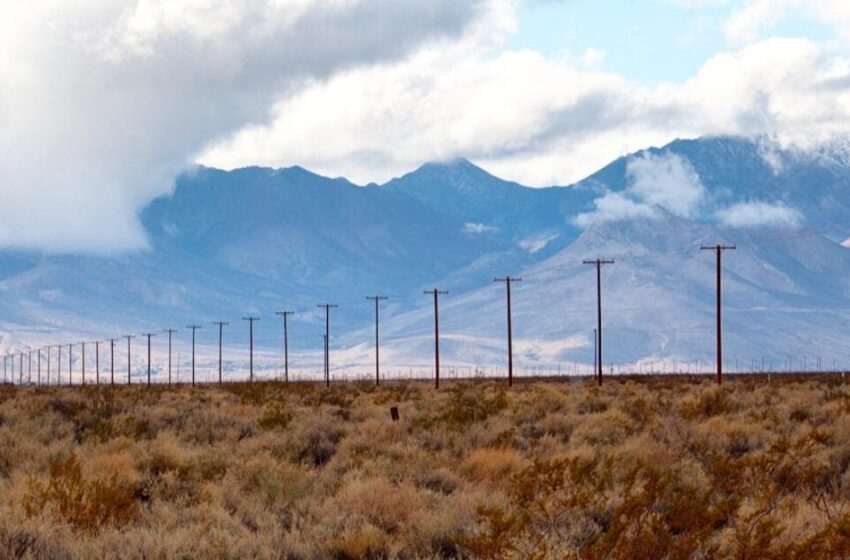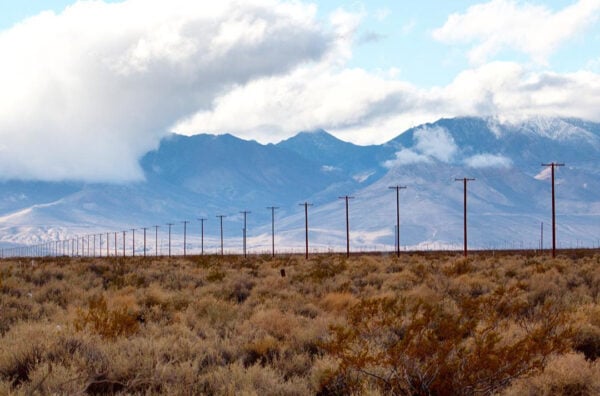Electric Transmission Buildout Could Cost Americans Trillions of Dollars


Image: Z3lvs, Wikimedia Commons
This story originally was published by Real Clear Wire
By Bernard L. McNamee
Real Clear Wire
Though windmills and solar panels get the headlines, the big energy topic in Washington is electric transmission. Whether it is Congress’s newfound interest in permitting reform, the U.S. Department of Energy’s new Grid Deployment Office, or the Federal Energy Regulatory Commission’s (FERC) upcoming final rule on transmission planning and cost allocation, how to build and pay for long-range transmission to connect generators to customers is considered the final piece in the quest to meet net-zero goals.
Like so many issues in Washington, the need for more transmission lines is accepted without question and the costs are not considered. But for American consumers, especially low-income and elderly, as well as small businesses and energy intense manufacturers, building new transmission lines could result in much higher monthly bills and leave them on the hook for stranded assets.
Traditionally, high-voltage transmission lines, consisting of 150-foot lattice towers crossing the landscape for hundreds of miles, were planned for by local utilities to meet their customers’ energy needs and subject to approval by state public utility commissions. But public policy goals to promote renewables are changing how the grid is being developed.
Over the past few years, States established renewable energy mandates; Congress enacted over $1 trillion in taxpayer subsidies for renewable energy; and President Biden issued an executive order setting net-zero goals for electricity generation by 2035. To fulfill these policies, the grid needs new high-voltage transmission lines—lots of them—and they will be expensive.
According to the “Net-Zero America” analysis published by Princeton researchers, achieving net zero goals with 100% wind and solar by 2050 will require an additional $3.5 trillion in capital spending for new transmission lines. If net-zero goals are pursued with a mix of renewables, nuclear, and natural gas generation
Source: The Gateway Pundit















